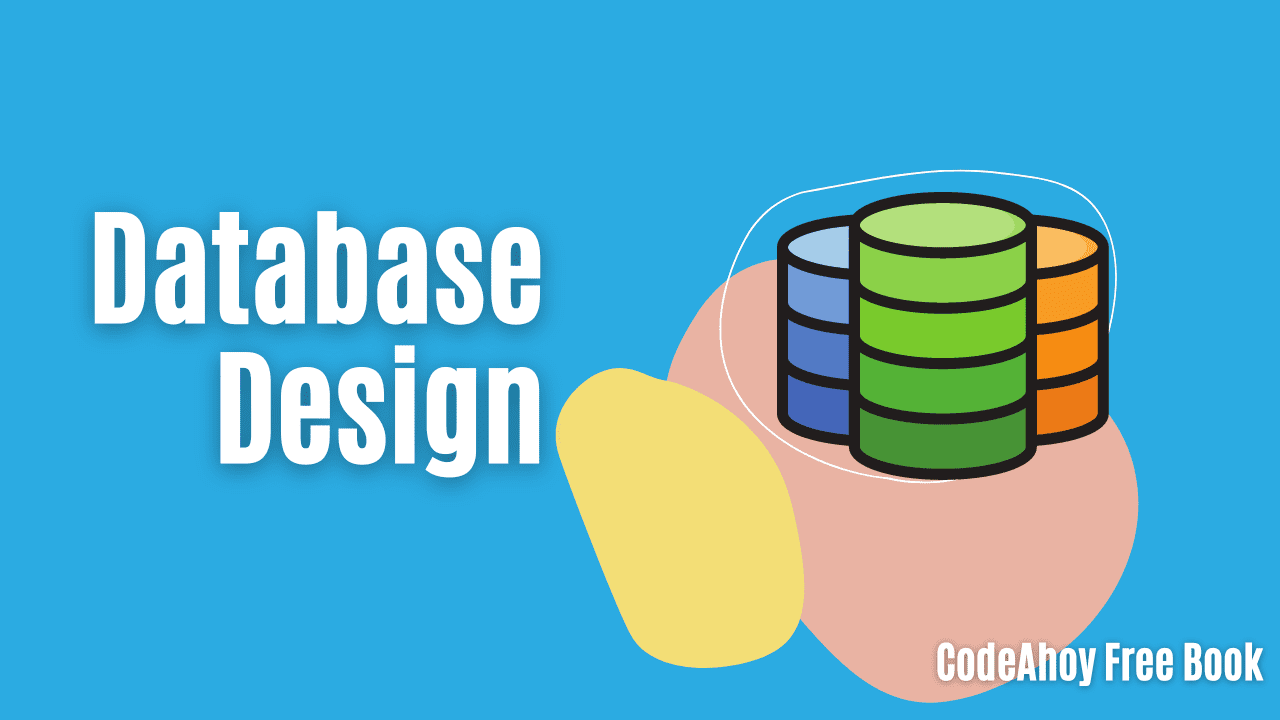Books / Programming Language Design / Chapter 13
Clojure Data Structures
Clojure has an extremely powerful set of built-in functional data structures, also called collections.
They are “functional” because they do not offer any operations that mutate an existing data structure. Instead, the operations which “modify” the data structure create a new instance of the data structure, based on the original instance.
In this chapter
Operations
There are many operations supported by all of the built-in data structures. Some examples:
empty?: determine whether a collection is empty.
count: get the number of elements in a collection.
contains?: check whether a collection contains a specified value.
In general, Google and clojuredocs.org are your friends when you have questions about how to use the Clojure collection types.
Sequences
Lists and vectors are the two main sequence data structures.
Lists are sequential access (O(n) to access the nth element). Vectors are random access (sort of O(1) access to arbitrary elements.)
first and rest are the standard functions to recursively process a sequence, yielding the first element and a sequence with all but the first element, respectively.
The nth function retrieves the element of a sequence at the specified index. Note that this is O(n) for lists.
The conj function prepends (lists) or appends (vectors) a new element onto an existing sequence.
Sets
A set is an unordered collection of elements, with no duplicates allowed. contains? can be expected to be a fast operation.
There is a literal syntax for sets:
; this is a set with three elements
#{ :a, :b, :c }Note that the commas are optional in the literal syntax.
Note that first and rest can be used with sets, but you will see the values in an unpredictable order.
You can use conj to add an element to a set.
You can use disj to remove an element from a set.
Maps
Clojure maps are similar to maps in Java, but they are functional.
Literal syntax:
{ :a 1, :b 2, :c 3 }As with sets, the commas are optional.
The assoc function updates a map by changing or adding a key/value association.
The dissoc function updates a map by removing a key/value association.
The contains? function can be used to check to see whether a map has a particular key.
The get function retrieves the value associated with a specified key.




